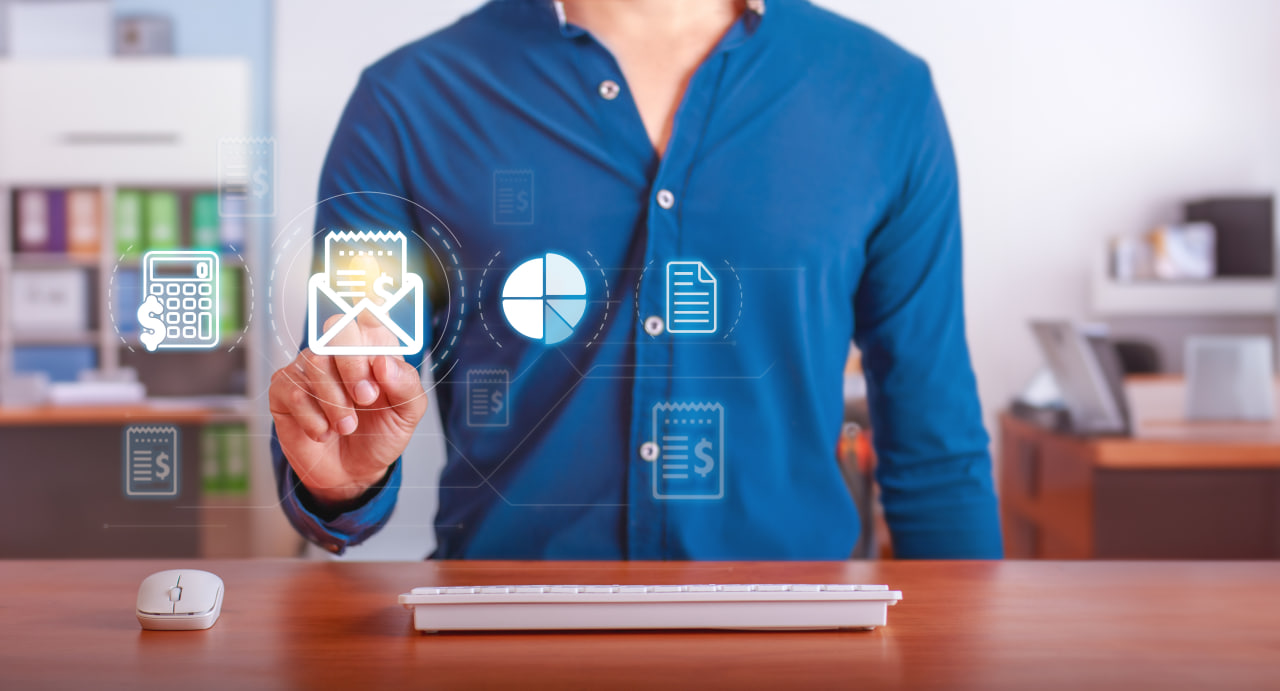How to Build Customer Loyalty with Email Marketing
Customer loyalty is the backbone of any successful business. Retaining customers costs far less than acquiring new ones, and email marketing is one of the most effective ways to nurture these relationships. In this guide, we’ll explore actionable strategies to build customer loyalty using email marketing, provide a real-life case study, and answer frequently asked questions.
Why Customer Loyalty Matters
Building customer loyalty ensures:
- Higher Lifetime Value (LTV): Repeat customers spend more over time.
- Stronger Brand Advocacy: Loyal customers become brand ambassadors, referring others.
- Reduced Marketing Costs: Retaining existing customers is cheaper than acquiring new ones.
- Consistent Revenue: Reliable sales from loyal customers stabilize business growth.
Effective Email Marketing Strategies for Customer Loyalty
1. Personalization is Key
Personalized emails make customers feel valued and increase engagement. Consider:
- Using First Names: A simple “Hi [Name]” makes emails feel personal.
- Tailoring Content: Recommend products based on past purchases.
- Birthday & Anniversary Emails: Offer exclusive discounts to celebrate their special days.
2. Welcome Emails: The First Impression Matters
Your welcome email sets the stage for your relationship with the customer. Ensure it:
- Expresses gratitude for subscribing.
- Offers a special discount or incentive.
- Introduces your brand’s values and benefits.
3. Exclusive Loyalty Rewards & VIP Programs
Encourage repeat purchases by rewarding customer loyalty. Options include:
- Point-based Reward Systems: Customers earn points for purchases.
- Early Access to Sales: Give loyal subscribers first dibs on deals.
- Exclusive Discounts & Freebies: Show appreciation with VIP perks.
4. Engaging Newsletters
Newsletters keep customers engaged between purchases. Effective content includes:
- Industry Updates & Trends: Keep them informed and engaged.
- Customer Spotlights: Feature stories from satisfied customers.
- Educational Content: Tips, how-to guides, and product usage tutorials.
5. Re-engagement Emails for Inactive Customers
Win back disengaged customers with targeted re-engagement emails:
- Reminder of Unused Rewards: Encourage them to redeem points.
- Special “We Miss You” Discounts: Offer a limited-time deal.
- Feedback Requests: Ask why they haven’t engaged and how you can improve.
6. Transactional Emails: More than Just Receipts
Order confirmations and shipping updates don’t have to be boring. Include:
- Cross-sell & Upsell Recommendations: Suggest complementary products.
- Thank You Notes: Express appreciation for their purchase.
- Customer Support Links: Provide easy access to assistance.
7. Surprise and Delight Customers
Unexpected perks strengthen brand affinity. Ideas include:
- Random Acts of Kindness: Unannounced discounts or freebies.
- Handwritten Thank You Emails: Adds a personal touch.
- Exclusive Content: Early access to new products or features.
8. Gather & Implement Customer Feedback
Show customers you value their opinions by:
- Sending Post-Purchase Surveys: Understand their experience.
- Acting on Feedback: Make changes based on their suggestions.
- Featuring User-Generated Content: Showcase customer reviews in emails.
Case Study: How a Small Coffee Brand Increased Repeat Customers by 40%
Background:
A local coffee brand struggled with customer retention despite strong initial sales.
Strategy Implemented:
- Personalized Email Campaigns: Sent recommendations based on previous orders.
- Loyalty Program: Introduced a points-based system for repeat purchases.
- Engaging Newsletters: Provided coffee brewing tips and special offers.
- Re-engagement Emails: Targeted inactive customers with exclusive discounts.
Results:
- 40% increase in repeat purchases.
- 25% boost in customer engagement.
- Higher email open rates and click-through rates.
FAQs
1. How often should I send loyalty emails?
Send emails 1-2 times a week to maintain engagement without overwhelming subscribers.
2. What’s the best time to send loyalty emails?
Research suggests Tuesdays and Thursdays between 8 AM – 10 AM or 4 PM – 6 PM have the best open rates.
3. How do I measure the success of loyalty emails?
Track open rates, click-through rates, conversion rates, and customer retention rates.
4. Should I automate loyalty emails?
Yes! Use email automation tools like Mailchimp or Klaviyo to send timely, personalized emails.
5. What’s the most effective type of loyalty email?
Exclusive rewards and personalized recommendations tend to drive the most engagement.
Conclusion
Email marketing is a powerful tool to build and sustain customer loyalty. By personalizing your emails, rewarding loyal customers, and keeping them engaged with valuable content, you can create lasting relationships that drive business growth.
Start implementing these strategies today and watch your customer loyalty soar!






